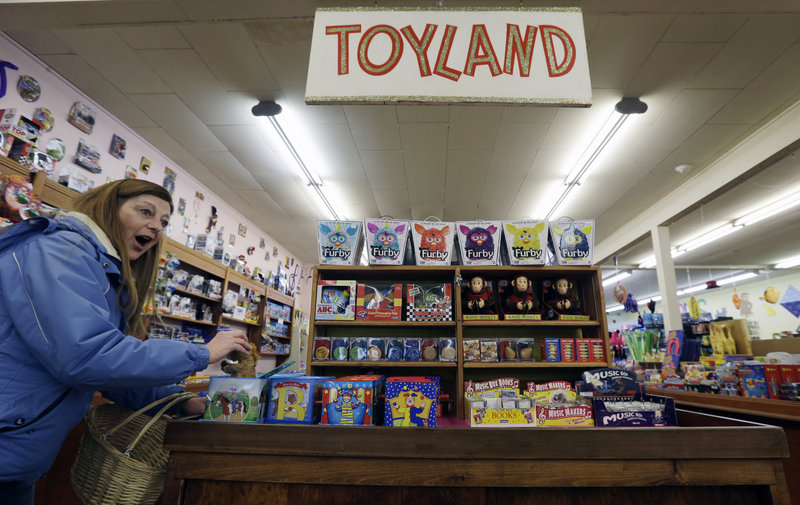WASHINGTON — Even with automatic spending cuts looming, the outlook for the U.S. economy brightened a bit Tuesday after reports showed that Americans are more confident and are buying more new homes.
Home prices are also rising steadily, and banks are lending more. Such improvements suggest that the economy is resilient enough to withstand the deep government cuts that will kick in Friday.
That’s especially encouraging because uncertainty over the federal budget could persist for months.
“The stars are lining up for stronger private-sector growth this year,” said Craig Alexander, chief economist at TD Bank.
Sales of new homes jumped nearly 16 percent in January to their highest level in 4½ years, adding momentum to the housing recovery. Consumer confidence rose in February after three months of declines. And home prices increased in December from the same month in 2011 by the largest amount in more than six years.
The upbeat news contributed to a rally on Wall Street. The Dow Jones industrial average jumped more than 100 points.
Consumers still face numerous burdens. Among them is a sharp increase in gas prices. The national average for a gallon, $3.78, has surged 44 cents in a month.
And Social Security taxes rose 2 percentage points beginning Jan. 1. This year, the increase will cost a typical household that earns $50,000 about $1,000. Income taxes for the highest-earning Americans also rose.
Both factors could reduce overall spending.
On Friday, about $85 billion in automatic spending cuts are to kick in, and there’s little sign that the White House and Congress will reach a budget deal to avoid them. The cuts will cause furloughs and temporary layoffs of government workers and contractors and sharply reduce spending on defense and domestic programs.
For about 2 million long-term unemployed, benefits now averaging $300 a week could shrink by about $30. Payments that subsidize clean energy, school construction and state and local public works projects could be cut. Low-income Americans seeking heating or housing aid might face longer waits.
Alexander estimates that without the spending cuts or tax increases, the economy would expand more than 3 percent this year. Instead, he predicts growth of only 2 percent.
But growth should accelerate later this year as the effects of the government cutbacks ease, he and other economists say. And several reports Tuesday suggest that the economy’s underlying health is improving despite the prospect of lower government spending and further budget stalemates:
• The Standard & Poor’s/Case-Shiller 20-city home price index rose 6.8 percent in December from a year earlier. That was the biggest year-over-year increase since July 2006.
• Consumer confidence rose after three months of declines, according to the Conference Board, a business research group. Confidence had plunged in January after higher taxes cut most Americans’ take-home pay. But the rebound suggests that some consumers have begun to adjust to smaller paychecks.
• Bank lending rose 1.7 percent in the October-December quarter, the Federal Deposit Insurance Corp. said. It was the sixth rise in seven quarters.
• Sales of new homes rose to a seasonally adjusted annual rate of 437,000, the Commerce Department said. That’s the highest level since July 2008. The gain will likely encourage more construction.
Copy the Story Link
Send questions/comments to the editors.



Success. Please wait for the page to reload. If the page does not reload within 5 seconds, please refresh the page.
Enter your email and password to access comments.
Hi, to comment on stories you must . This profile is in addition to your subscription and website login.
Already have a commenting profile? .
Invalid username/password.
Please check your email to confirm and complete your registration.
Only subscribers are eligible to post comments. Please subscribe or login first for digital access. Here’s why.
Use the form below to reset your password. When you've submitted your account email, we will send an email with a reset code.